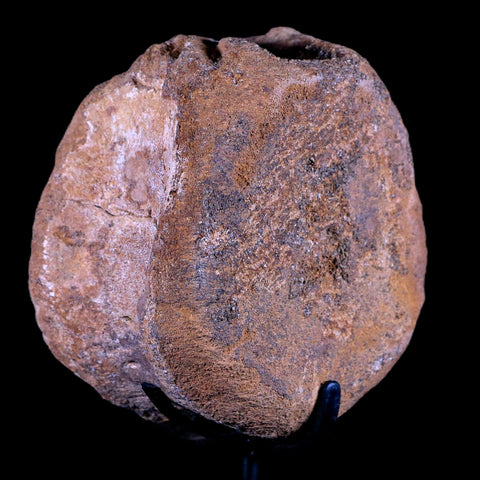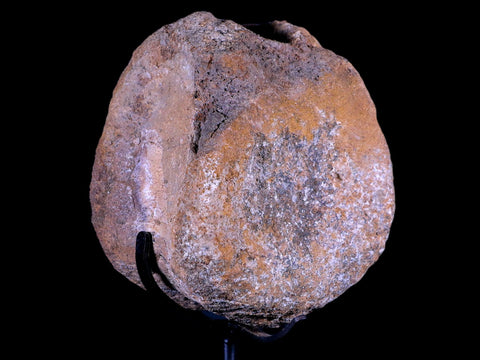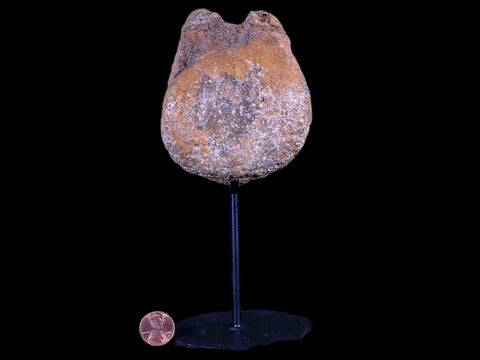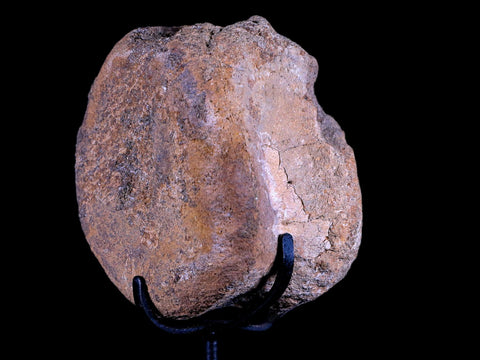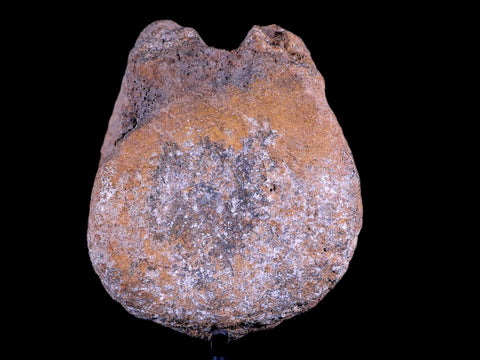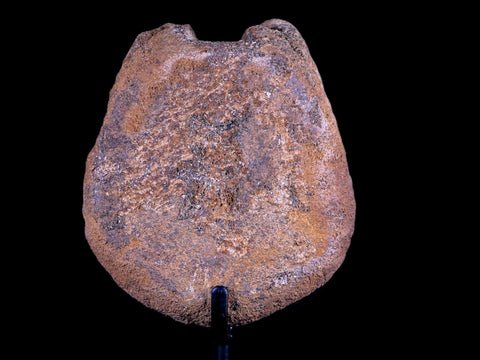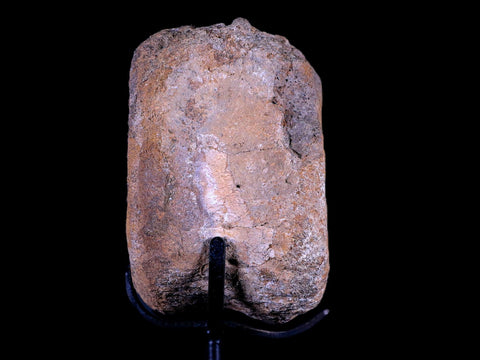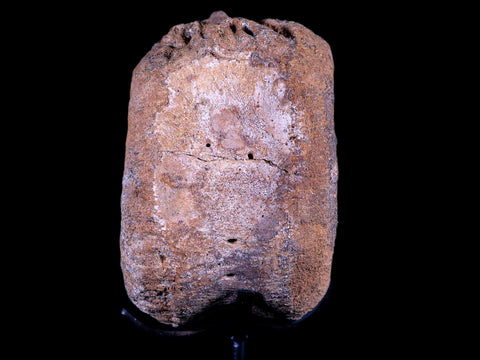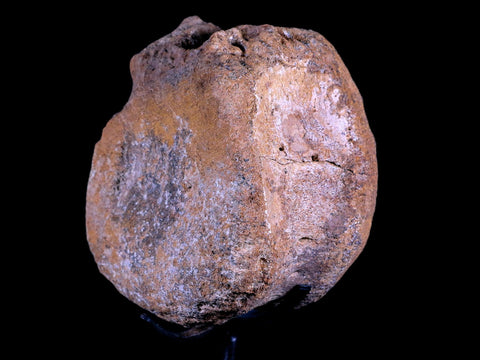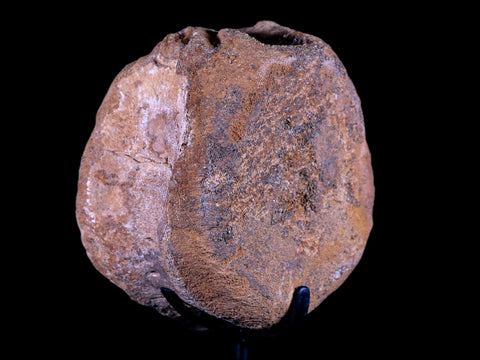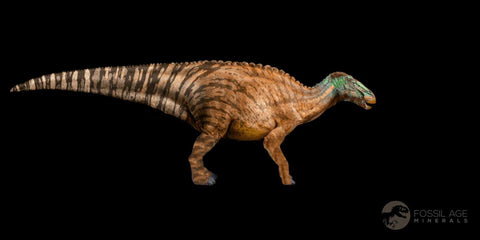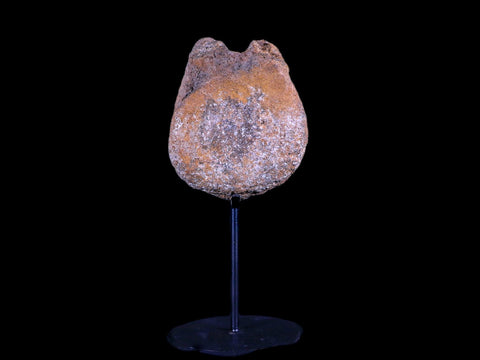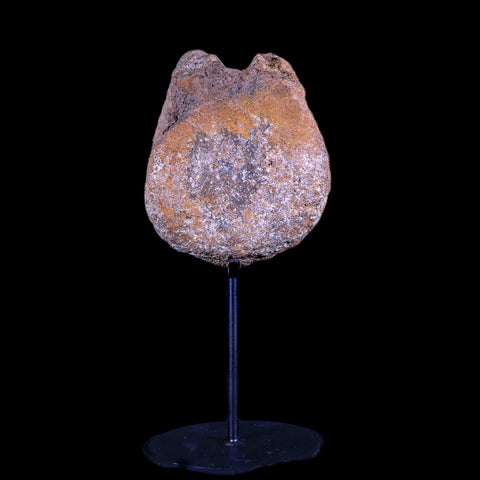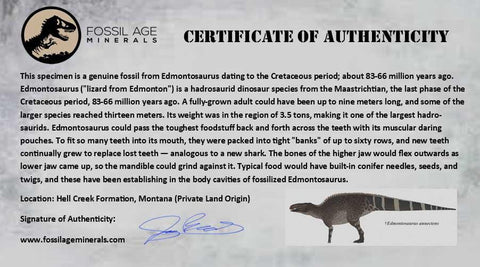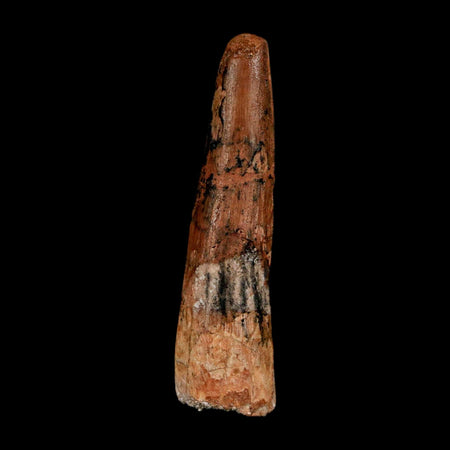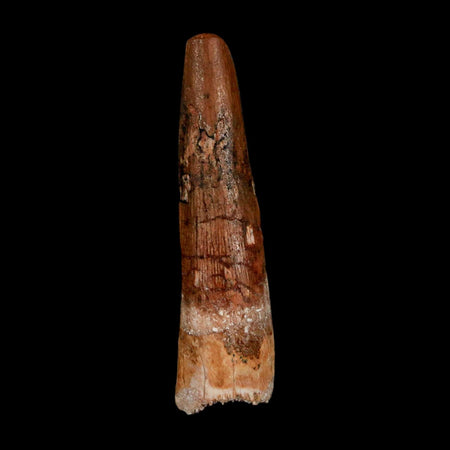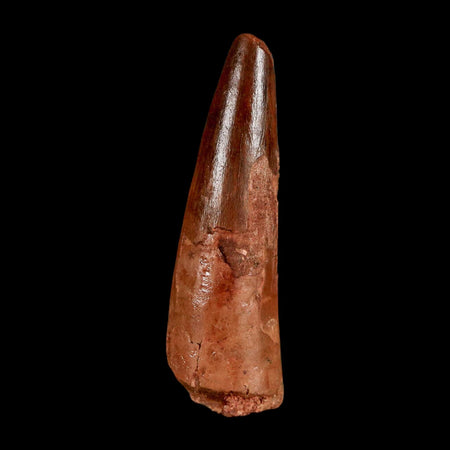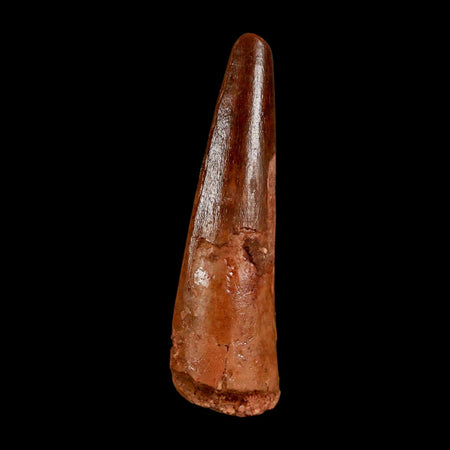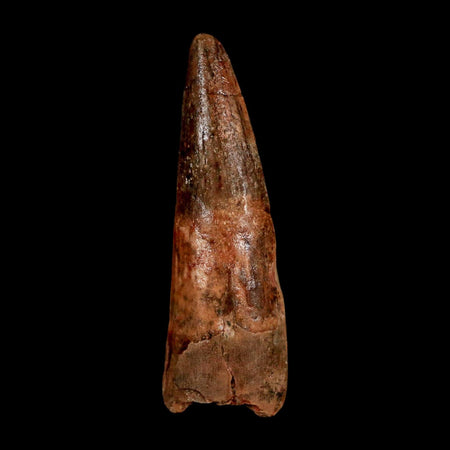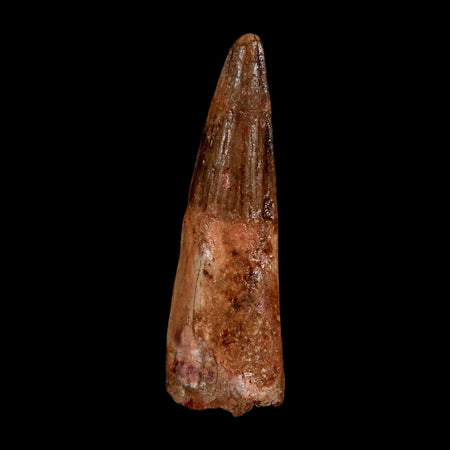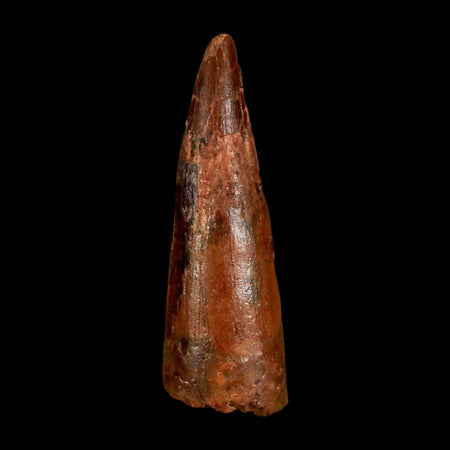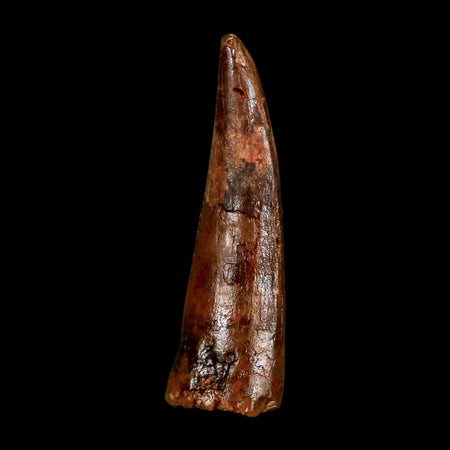3.5" Edmontosaurus Dinosaur Fossil Vertebrae Bone Hell Creek MT COA Metal Stand
Location: Hell Creek Formation, Montana (Private Land Origin)
Weight: 1 Pound 9.9 Ounces (With Stand)
Dimensions: 6.7 Inches Tall, 3 Inches Wide, 3 Inches Thick (With Stand)
Fossil Dimensions: 3.5 Inches Long, 3.1 Inches Wide, 2.4 Inches Thick
Comes with a Certificate of Authenticity.
Comes with a Free Custom Metal Stand.
The item pictured is the one you will receive.
This is a genuine fossil.
Edmontosaurus ("lizard from Edmonton") is a hadrosaurid dinosaur species from the Maastrichtian, the last phase of the Cretaceous period, 71-65 million years ago. A fully-grown adult could have been up to nine meters long, and some of the larger species reached thirteen meters. Its weight was in the region of 3.5 tonnes, making it one of the largest hadrosaurids.
Edmontosaurus could pass the toughest foodstuffs back and forth across the teeth with its muscular, daring pouches.
To fit so many teeth into its mouth, they were packed into tight "banks" of up to sixty rows, and new teeth continually grew to replace lost teeth — analogous to a new shark. The bones of the higher jaw would flex outwards as the lower jaw came up, so the mandible could grind against it. Typical food would have built-in conifer needles, seeds, and twigs, and these have been established in the body cavities of fossilized Edmontosaurus. It was evidently a tree-browser.
The 1908 discovery in Wyoming was particularly remarkable in that paleontologists actually recovered fossilized imprints of Edmontosaurus' skin. The skin drying very quickly and fixing its shape into the mud must have left an impression. It is from these limitations that we know the skin was scaly and leathery, and the thigh muscle was under the skin of the body. This would have given the feeling that the leg left its body at the knee, and the whole thigh was under the skin. This only contributes to its resemblance to a duck. It also had many tubercles (bumps) on its neck and down its back and tail.
Edmontosaurus was mainly bipedal but was fully capable of moving on all fours, thanks to forelimbs only slightly shorter than its hindlimbs. Its front feet featured hooves on two fingers and weight-bearing pads similar to those of Camarasaurus, while the back feet had two hooked toes. The strong muscles suggested by its lower limb bones supported its movement and posture. With a spine that curved downward at the shoulders, Edmontosaurus stood low to the ground, browsing nearby plants. Though slow and lightly defended, its survival depended on sharp eyesight, hearing, and smell to detect predators early—traits that make this dinosaur both fascinating and resilient.



